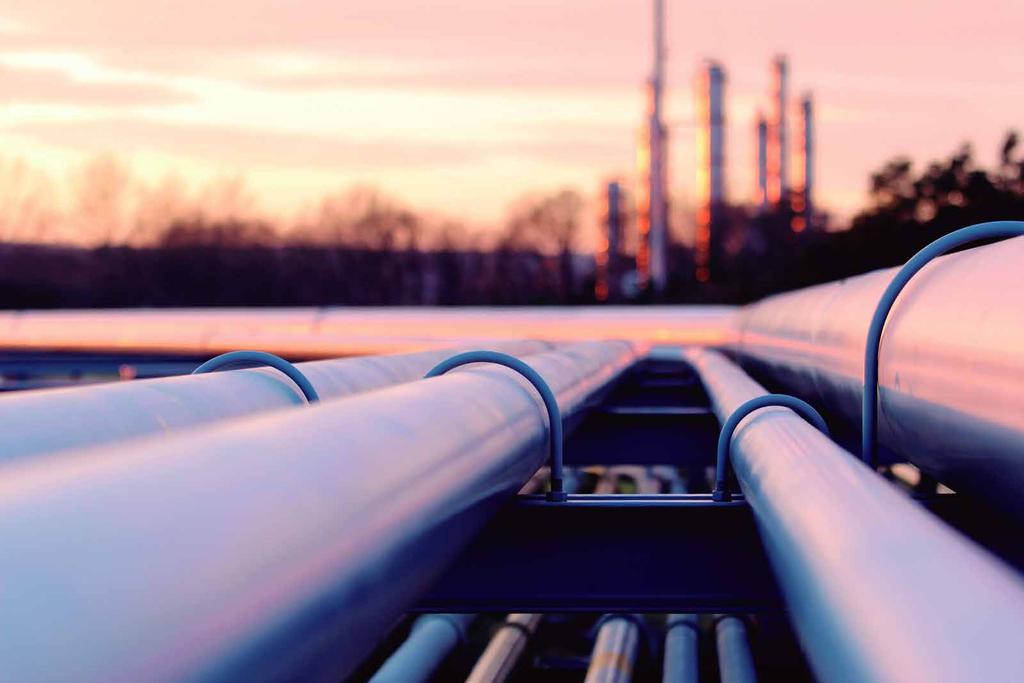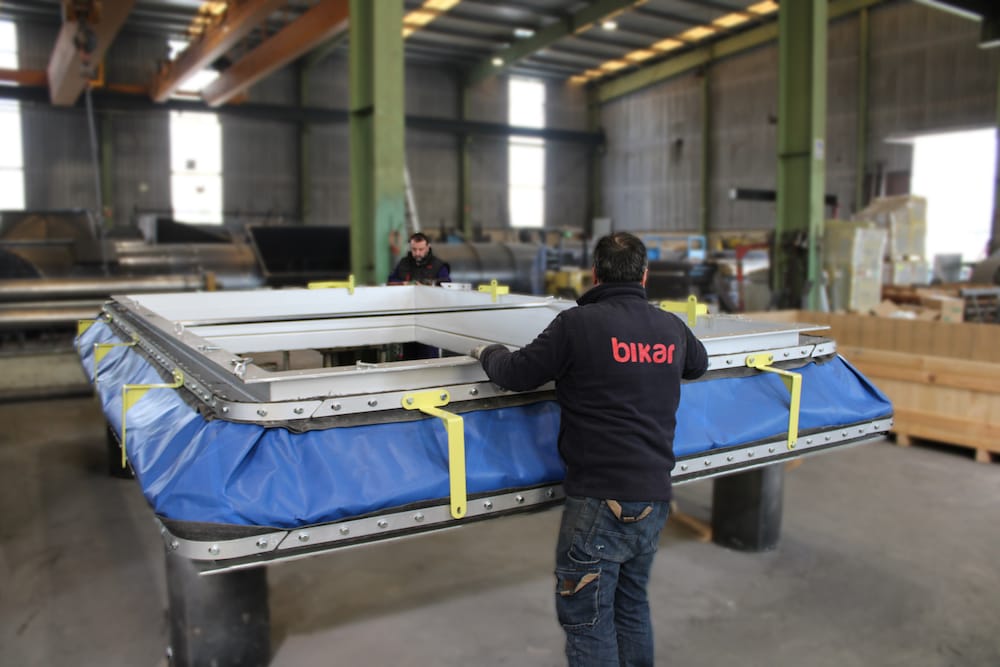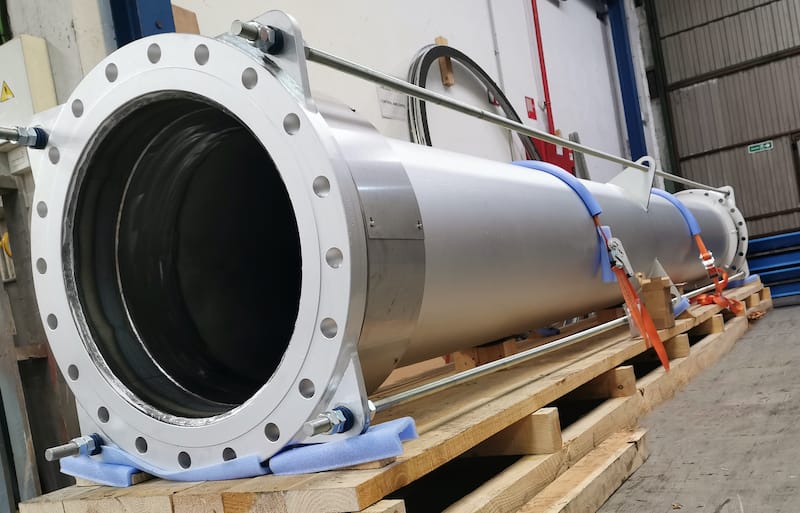13/12/2022 Bikar as support and solution in international projects
With more than 40 years in the industrial sector, the key to Bikar’s success lies in the loyalty of our customers through support during the selection, design and manufacture of expansion joints, applying experience and innovation through specialization.

With this philosophy, we have developed a wide range of products for the international market, always prioritizing quality and flexibility with the customer.
Bikar is a company dedicated to the manufacture of components, assemblies and equipment for the fluid handling and sealing industry. Our facilities have technologically advanced manufacturing means, which exceed the quality standards required by customers. Bikar’s future is based on ever closer collaboration with its clients, offering solutions that optimize results and reduce costs.
What kind of services does Bikar offer to companies?
At Bikar we characterize ourselves as a very flexible company, which easily adapts to the needs and times requested by the client. Thus, thanks to our great management capacity, we are versatile and give personalized service to our clients in record time.
In our company, we are specialized in the manufacture of rubber, metal and fabric expansion joints. We manufacture and develop our own products based on customer needs, taking into account critical fluid, temperature, pressure and movement situations.

Likewise, we participate in the study of each project and offer different
solutions. With the aim of always standing out for the quality and reliability of our products, our strongest hallmark.
When a company contacts us, our team of experts is at their disposal to carry out an analysis of their facilities. In this process, we request design information from the manufacturer (technical specifications to follow/comply with) to know the type of expansion joint needed.
On the other hand, additional data on the expansion joint is requested, such as its location, location of the fixed points, its function, etc.
More than 40 years of experience support us.
Through the experience gained working in the demanding industrial sector for more than 40 years, we have specialized in increasingly sophisticated parts with demanding characteristics. Currently, our technological capacity allows us to produce expansion joints up to DN4000.
Not only do we have experience in manufacturing, but we have managed to make our main market large industrial projects. Said achievement requires overcoming great technological difficulties, and the desire for innovation that characterizes us.

In the same way, to carry out this type of work, flexibility, quality and high knowledge in different fields are needed, such as commercial, logistics, industrial engineering, etc. For these reasons, Bikar is a safe bet to develop your project and to improve your facilities that adapt to your needs with the latest technology.
For more information, do not hesitate to contact our expert service.





